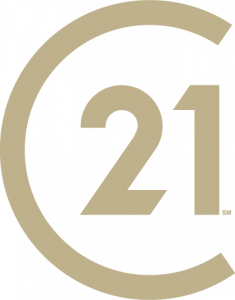The Canadian economy has outperformed the central bank’s expectations for months now. That didn’t stop the Bank of Canada (BoC) from slashing the overnight rate by 0.25 points to 2.75% this morning. Since this easing cycle began 9 months ago, the key policy rate has been reduced by 2.25 points, making it one of the most aggressive in history. More importantly, the last round of cuts came as the BoC warns of accelerating inflation. Consequently, the well-intended cut may prove counterproductive by driving higher inflation expectations and borrowing costs.
Bank of Canada Warns Inflation Will Rise Sharply In Coming Report
The central bank acknowledged inflation is rising faster than anticipated. January headline data exceeded its forecast, with the sales tax holiday obfuscating most of the increase. As previously stated, this will appear in the post-Holiday February data, with at least one bank urging the BoC to consider a pause.
“The temporary suspension of the GST/HST lowered some consumer prices, but January’s CPI was slightly firmer than expected at 1.9%,” noted the BoC in its rate announcement.
Adding, “Inflation is expected to increase to about 2.5% in March with the end of the tax break.”
The BoC-preferred measure of inflation is approaching the upper band of its tolerance. Core inflation was 2.7% in January, and the BoC stated they anticipate a 0.6-point increase in headline CPI. Just half that amount flowing into Core CPI would breach the central bank’s 3% upper bound, and force it to consider rate hikes.
The BoC is a single-mandate central bank, meaning its only focus should be inflation targeting. Needless to say, it’s a little odd for them to acknowledge they’re now behind the inflation curve, while deciding to stimulate further inflation. Since a rate decision isn’t fully priced in for 18-24 months, not even the first cut of this easing cycle has made its full contribution to inflation. Today’s cut will provide inflation stimulus for the next two years.
Canada’s Economy Is Outperforming BoC Expectations
Perhaps the BoC cut rates to address a weakening economy? Nope. The central bank also acknowledged that the economy is doing much better than it had forecast. In its report, the central bank notes that the 2.6% growth observed in Q4 was much higher than that modeled in the January MPR. They also noted that an upward revision to Q3 was not expected.
Employment also did better than the central bank anticipated. The unemployment rate declined to 6.6%, with the BoC noting improvements from November through January.
Why is the central bank slashing rates if it’s not addressing inflation or the economy?
“While economic growth has come in stronger than expected, the pervasive uncertainty created by continuously changing US tariff threats is restraining consumers’ spending intentions and businesses’ plans to hire and invest,” explained the BoC.
In other words, after being surprised by higher-than-expected inflation, economic growth, and unemployment—the BoC thinks it finally got it right. It’s disregarding a data-dependent decision-making process, and resorting to a pandemic-style approach of assuming the impact of an economic headwind instead of responding to one.
It’s hard to see how easing and higher inflation mitigates trade war uncertainty. Those uncertain parties are likely waiting for the trade war to subside and provide direction. Cheaper financing will likely sway very few parties.
Even worse, it may not provide cheaper financing at all. Rising inflation expectations drive higher medium- and long-term borrowing costs. For example, the Government of Canada (GoC) 5-year bond yield launched higher after today’s announcements, driving up 5-year fixed-rate borrowing costs. This is the opposite of the BoC’s intentions but a predictable outcome.
Fiscal policy exists for a reason. It allows policymakers to address issues with targeted precision. There’s no need to disregard the other problems that still need to be resolved. They can provide support to the industries directly impacted by tariffs. Solving a targeted problem with a blunt tool like monetary policy is like using a hammer to screw in a light bulb.

 Facebook
Facebook
 X
X
 Pinterest
Pinterest
 Copy Link
Copy Link
